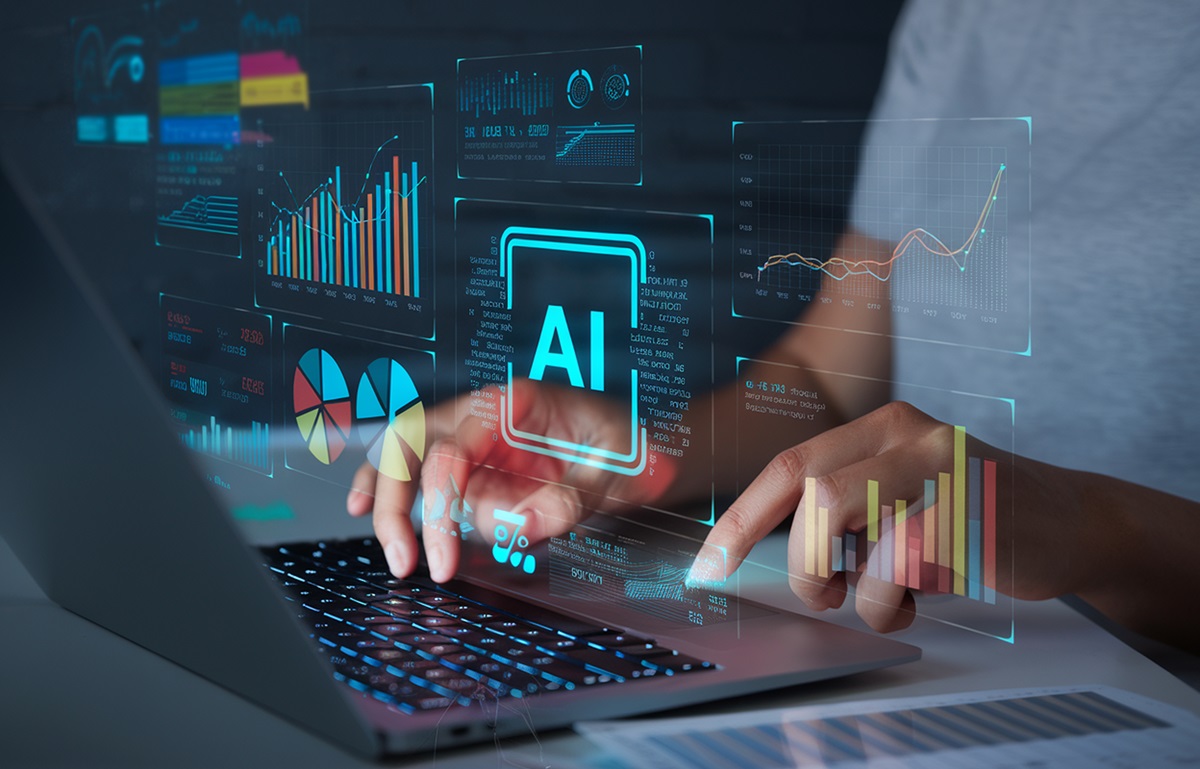Get Free Consultation!
We are ready to answer right now! Sign up for a free consultation.
I consent to the processing of personal data and agree with the user agreement and privacy policy

Artificial intelligence (AI) is revolutionizing the software development process by introducing tools and techniques that enhance productivity, accuracy and innovation. From automating code generation to optimizing testing and deployment, AI is reshaping how software is designed, built and maintained.
AI, particularly generative AI (gen AI) and large language models (LLMs), streamline the development cycle by automating key steps, from idea generation and requirement gathering to coding and testing.
Operating in collaboration with human developers, gen AI transforms ideas into requirements. It then converts those requirements into user stories, basic explanations of software features written from the perspective of the end user and generates test cases, code and documentation. This collaboration speeds up the development process and improves the quality of the final product.
AI offers tools and techniques that enhance efficiency, creativity and the overall development process. Generative AI is driving key advancements by automating tasks and boosting productivity. Key areas where AI is used in software development include:
AI-powered tools assist developers by suggesting code or generating entire functions from natural language inputs, speeding up development by automating routine tasks. Tools such as IBM watsonx Code Assistant™, GitHub Autopilot and GitHub Copilot help developers write code faster and with fewer errors and can generate suggestions and autocomplete code.
Gen AI-driven tools can automatically detect bugs, vulnerabilities or inefficiencies in the code. They analyze patterns within the codebase and offer solutions.
AI tools generate test cases from user stories and optimize tests, which reduces manual testing time and increases coverage.
AI automates scheduling and resource management and provides accurate timelines.
Gen AI tools use NLP to generate and maintain documentation, turning code into readable explanations and helping ensure up-to-date project information.
AI suggests code improvements to optimize performance and make code easier to maintain.
AI-driven tools identify vulnerabilities, monitor code for security threats and offer mitigation strategies.
AI automates tasks such as monitoring and scaling in CI/CD pipelines, improving build efficiency and deployment speed.
AI automates UI generation and personalizes user experiences based on behavior data. AI-powered A/B testing platforms can measure design performance.
AI suggests optimal software architectures based on best practices and project requirements. Neural networks analyze vast datasets and propose efficient architecture designs for complex systems such as image recognition in healthcare applications.
Generative AI is transforming the SDLC by automating processes, accelerating development time, improving code quality and reducing costs. Using generative AI can enhance productivity and optimize efficiency at each stage. Here’s how gen AI is impacting the SDLC:
Gen AI converts high-level ideas into detailed requirements by processing natural language inputs. It analyzes business goals and user needs to propose features or anticipate requirements, speeding up this phase and reducing errors.
Generative AI enhances software design by suggesting optimal architectures, UI/UX layouts and system designs based on constraints. It generates mockups, specifications and diagrams, reducing manual effort and speeding up the design process. Developers and testers can also use AI to define and reuse solution architectures and technical designs, improving efficiency and consistency across projects.
Gen AI assists in code generation and automates repetitive coding tasks. Gen AI-powered tools help developers focus on complex problems, while AI-driven autocompletion and real-time suggestions improve speed and accuracy.
Gen AI automates test case generation and execution, analyzing code for areas that need testing. It optimizes coverage, detects bugs early and reduces manual testing time, improving software quality and testing efficiency.
Generative AI optimizes CI/CD pipelines by predicting failures and recommending adjustments for smoother releases, faster builds and reduced downtime. Engineers can use AI to activate the underlying technical environment, whether on cloud or on premises, and manage the promotion and deployment of applications across different environments and governance gates, helping ensure seamless transitions throughout the development lifecycle.
Gen AI helps identify areas for code refactoring and optimization post deployment. It continuously monitors performance, detects anomalies and predicts issues, improving reliability and reducing incident resolution time.
Gen AI automates the creation and updating of documentation, from API guides to code explanations. This feature helps ensure up-to-date and accurate documentation and relieves developers of manually performing this task.
AI analyzes user behavior and performance data and recommends improvements for future iterations. This process allows developers to prioritize valuable features and enhancements.